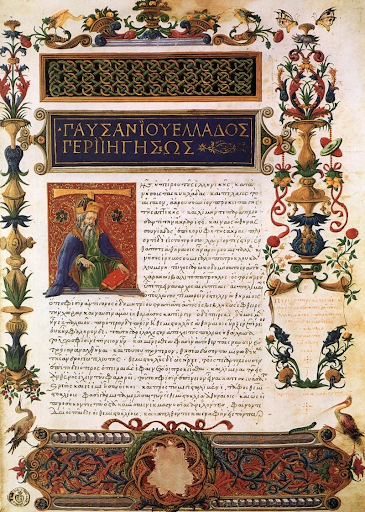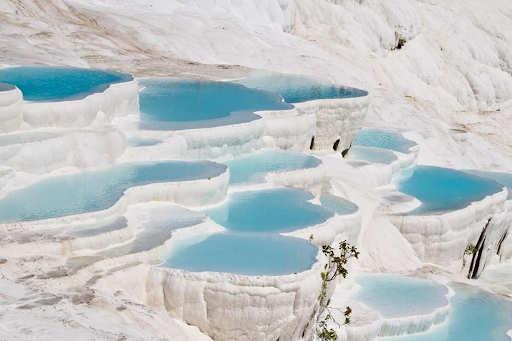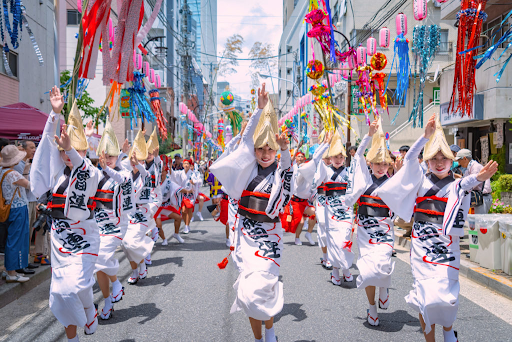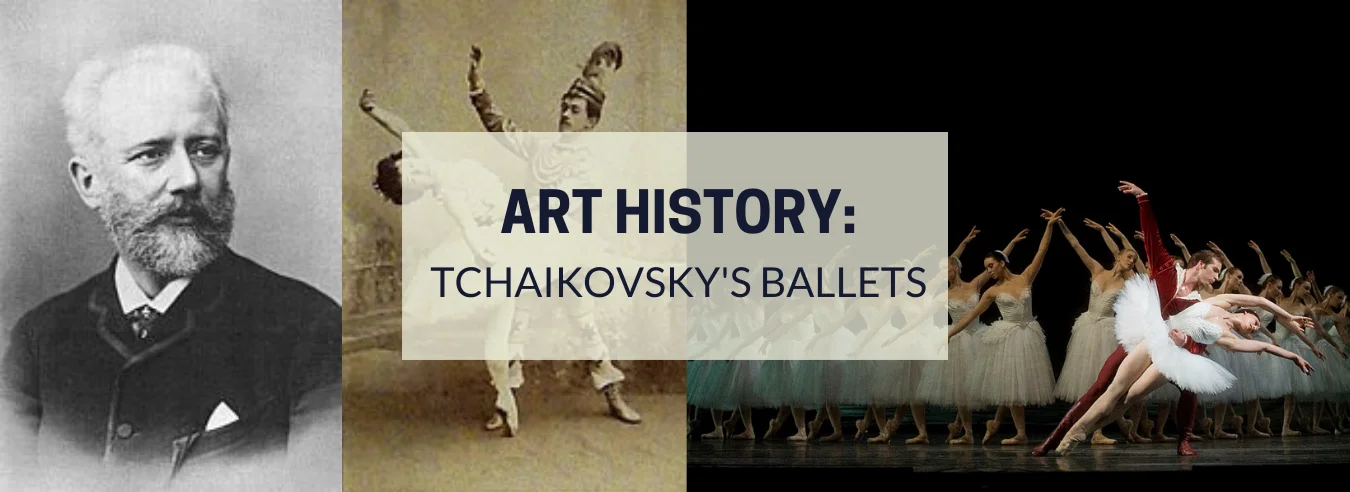With spring in the air, one usually thinks of the flowers and trees in bloom.…
The Art of the Travelogue

Wanderlust – the powerful and inexplicable desire to see the world, is part of human nature. For many of us, knowing we are one singular person in a vast, diverse world isn’t a scary thought. Instead, this fact excites us and fills us with wonder. What is out there in the big world? What hidden places are waiting to be discovered? What knowledge can we hope to gain by exploring them? This is undoubtedly what travelers of the past wondered and why they used their human ingenuity to create the tools that allowed them to see the world and share it with others.
What are Travelogues?
Travelogues were once written works made by explorers detailing their travels. Today, the genre includes all forms of media, including documentary films and online blogs to achieve the same goal: to take people on a journey to another faraway place.

With the internet and streaming services at our disposal, travelogues have become even more popular and accessible than ever before. With so many travelogues to choose from, what separates a good one from an exceptional one? The difference: it’s all in the details. The richer the imagery, the more in-depth the author can explore and elaborate on what makes the place special, thereby allowing the audience to be spirited away. Let’s take a closer look at how travelogues captivate our imaginations and satisfy our itch to travel.
Writing Styles and the Reader
The earliest examples of travelogues were jotted down in personal diaries and journals. They were first-hand accounts of scholars, geographers, and explorers who often wrote this kind of literature for academic purposes, not for public consumption. In the late 13th century, however, Marco Polo published The Travels of Marco Polo and changed the face of travel literature forever. Written in the flowery, romantic style of the time, the series of four books was translated into multiple European languages and became a huge success.

While some attribute Marco Polo’s success to the narrative style he chose, the intimate way he invited readers to join him on his travels was likely the key factor. Writers today still recount their travels as if writing in their diaries (blogs and vlogs), in narrative prose (Bill Bryson’s Notes from a Small Island), or in essay form (London, a documentary). Iif the writer doesn’t connect with the reader and make them feel like they are on a journey themselves every step of the way, a travelogue can lose its magic and transportive powers.
Location, Location, Location
What initially drew readers to Marco Polo’s work in the 13th century were the fascinating places he wrote about. At the time, few had ever been to the Far East and Marco Polo offered a look into an unknown and exciting new world. The travel destination – the setting of the journey – is crucial in drawing attention to a travelogue. One way to stand out from the crowd, therefore, is for the travel destinations to be more obscure and unique. There’s nothing quite like reading a travelogue that makes you daydream about strange places you never imagined existed. Take for example, the travertines of Pamukkale in Turkey – pristine white sediment terraces that hold hot spring water. Writing about distinctive, less traveled-to locales is also an ideal way to promote tourism to places around the world that need it most.

The People and Culture
A travelogue would be missing an essential component if it omitted focusing on the people and customs of the countries the writer is visiting. Outstanding travel blogs and documentaries drop nuggets of information about how people in other countries live, by including details about the languages they speak and the cuisine they are known for. Reading about friendly, exciting and new interactions with the locals is a sure-fire way to get people interested in and eager to visit one day themselves. Some lucky travelers even get to partake in local holidays,festivities and celebrations, like the Tanabata Star Festival of Japan. The sights and sounds of these joyful events transport us to those faraway places.

It’s also helpful for travelogues to spend some time reviewinging the proper etiquette and protocols of the place they’re visiting, so potential travelers can know what to expect. It’s critical to show respect, appropriate manners and understanding and observance of customs such as dress codes while in a new country. . Travelogues offer a fantastic opportunity to learn about a place readers may someday want to experience for themselves.
Answering the Important Questions
People also seek out travelogues because they can serve as mini personal guides for future trips. Travelogues can answer important questions, such as: When is the best time of year to visit? Where should I stay? What are some must-try foods? Travelogues that give readers tips and key learnings about how to best enjoy their stays abroad are the most effective and useful to read. Did you know, for example, that in Japan, the streets don’t have public garbage cans, and instead you have to dump your garbage in designated receptacles in subway stations and convenience stores? Small tidbits like this are often peppered into a travelogue, but they leave a lasting impression due to their usefulness.

Once More, With Feeling
People read and watch travelogues to take an imaginary trip to a foreign country. If the writer delivers their story without emotion, it becomes a rote description you can get from a history textbook. The audience wants to feel the excitement of going to a new country, the anticipation of setting out into an unfamiliar city, and the awe of exploring a hidden mountain path. The writer’s emotions play an essential role in helping the reader join them as they walk down memory lane, recounting the best moments of their trip. At least for the time being, we can all travel vicariously through their beautiful, descriptive words.



